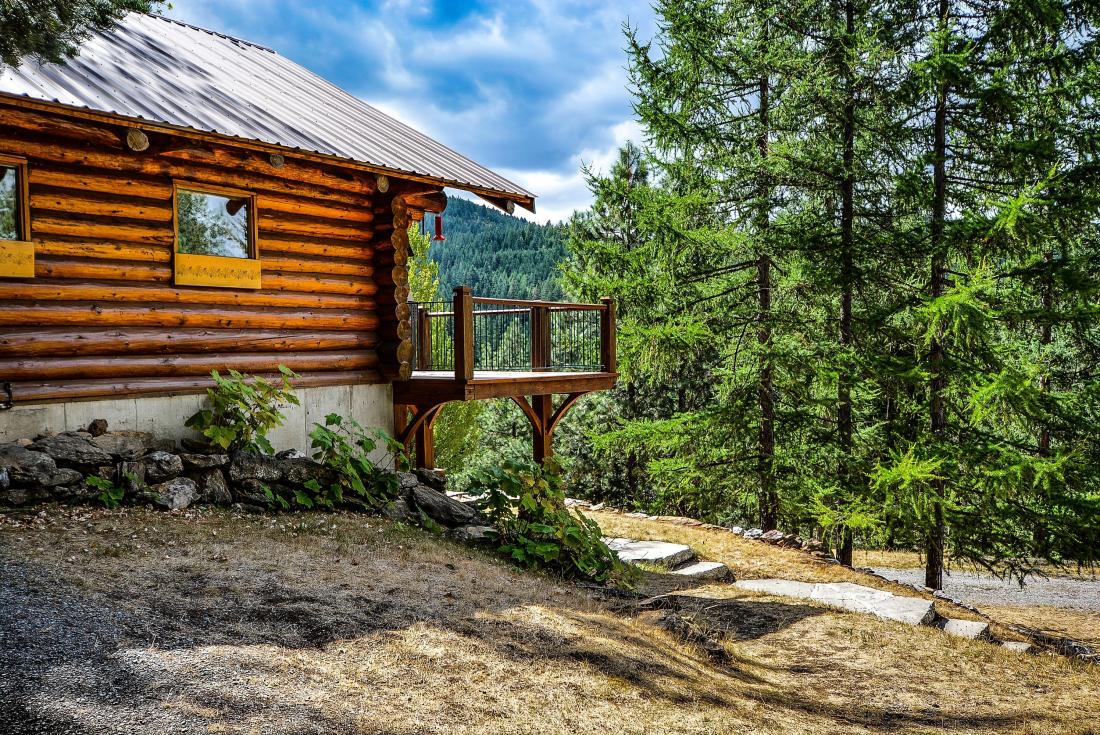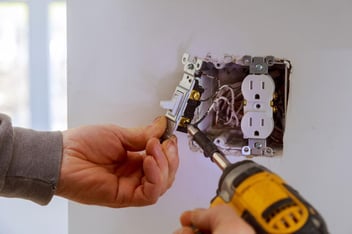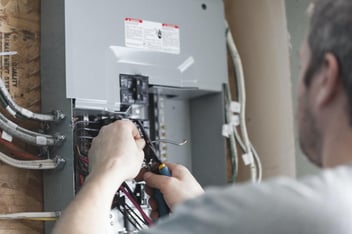Be aware of carbon monoxide poisoning
Known as the "silent killer," carbon monoxide (CO) is an odorless and colorless gas. It can be a risk, especially if you have a wood stove or use propane. While you're doing renovations, be sure to install a CO detector in your cabin, or pick up a portal, battery-operated one.
Know about propane
Are you using propane to run fridges, ranges, and hot water tanks? These appliances can emit carbon monoxide (CO). Be sure there is a CO detector close to where they are used.
Large propane storage tanks should be placed on a firm, level surface. Keep it at an appropriate distance from your home. The tank’s surrounding area must be kept clear of grass, trees, wood piles, and other flammable material. Adding a leak detection device can also help with the safe storage of propane.
Be sure you have an annual operating permit from Technical Safety BC. The permit is usually provided by the company that refills your propane tank. Smaller, BBQ-style propane tanks up to 420 liters do not require operating permits.
Connect with a contractor
Need to rewire a kitchen, or add outlets to the living room? Most electrical and gas work is regulated because they pose high safety risks. Technical Safety BC's safety officers have seen many cases where electrical and gas work have caused unsafe hazards. Instead, call a licensed contractor for help.
It can be a challenge to find qualified tradespeople in smaller communities, but using unlicensed contractors for regulated work is not only unsafe, it's illegal. Double check that the contractor you're hiring is licensed using our Find A Contractor tool. The peace of mind is worth it.
Leave photovoltaic work to the professionals
If you're installing a solar panel or modifying a wind power installation (tied into the grid or not), talk to a professional. These installations come with the risk of fire and shock. Larger systems must be done by a licensed electrician that has been trained in complex wiring installations. The electrician will know how to troubleshoot and diagnose operational issues, and even how to work at heights and steep inclines.
Helpful links




